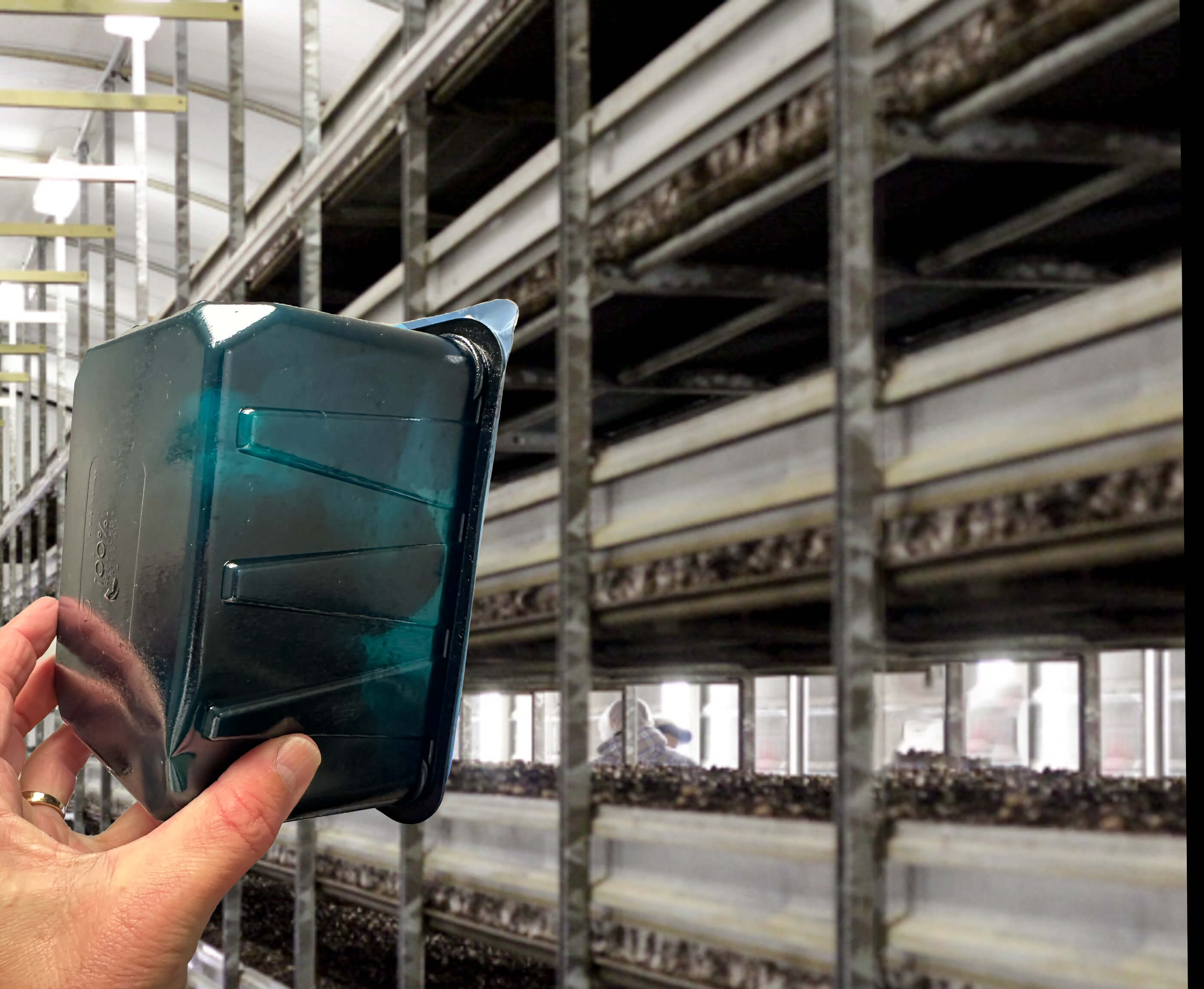Consumers are becoming more aware of exactly how their everyday choices have long-term repercussions on the environment, and many of them are making conscious efforts to be eco-friendly.
Businesses are also making changes. Based on their own sustainability goals and encouraged by the consumer movement, they are opting to use green materials in production. One material used in increasing numbers of industries is rPET.
What is rPet and how does it help the environment and the way we consume products? Here’s what we know.
What Is PET Plastic?
News stories about the volume of plastic in our oceans are increasing. In fact, the Columbia Climate School estimates that 75 to 199 million pounds of plastic are currently in our oceans, and that number could triple by 2040 if major changes aren’t made.
There are seven different types of plastic. The most widely recycled plastic in the world is Polyethylene Terephthalate (PET), marked with a Plastic Number 1 recycling symbol.
PET is an extremely versatile plastic. Because it is lightweight, chemical-resistant, sturdy, long-lasting, and safe for use, a wide variety of products utilize it, such as beverage bottles, food jars, and polyester clothing or rope.
However, that “long-lasting” characteristic is the problem. PET products can last hundreds of years in landfills or floating in the ocean.
Is PET recyclable?
Yes. Fortunately, PET can be recycled and reused as part of a circular economy in which products last multiple lifecycles. That’s where rPET comes in.
What Is rPET and Near-infrared (NIR) Detectible Material?
What Is rPET?
Simply put, rPET is Recycled Polyethylene Terephthalate. By reprocessing PET products that have fulfilled their original purpose, recycled PET becomes rPET which can then be used to produce new plastic products.
Using previously recycled PET significantly reduces energy consumption and greenhouse gas emissions. According to the Hartman Group, the production of recycled PET requires 91.6% less energy and water compared to manufacturing virgin PET. In addition, rPET also enhances shelf life, which reduces emissions and energy usage.
Can rPET Be Recycled?
Yes. Like PET, rPET can be recycled.
Once a PET product is recycled and used to produce new material, the rPET can also be recycled repeatedly. This means that if you recycle a single-use water bottle — the most commonly recycled plastic — it can be made into a different product. If that product is later recycled, it can be repurposed back into a single-use water bottle.
What Is rPet Used For?
When you think of plastic, plastic drink bottles probably come to mind before anything else. Beverage companies, like Coca-Cola® and Pepsi®, are switching to rPET plastic bottles, including 100% rPET bottles.
There are companies in many different industries that are also switching to rPET material production. One such example is Reformation, a clothing brand that is laser-focused on sustainability. In addition to using recycled cotton from discarded clothing, the company is using a renewable fiber made from 40% recycled plastic to replace silk!
Here is a list of just a few types of products made from rPET plastic:
- Food packaging and other containers
- Clothing fabrics
- Athletic shoes
- Upholstery
- Automotive parts
Because so many industries use rPET material, the demand for it is very high. Recycling efforts have increased everywhere, from community to small business initiatives. Even major corporations are getting involved, often offering convenient recycling drop-off bins in their stores.
What Is NIR Detectable Material?
Clear plastics aren’t the only recyclable plastics, which poses challenges. Recycling black plastic is particularly problematic because the black pigments absorb the near-infrared (NIR) light spectrum. Traditionally, black plastic is challenging to sort.
By incorporating near-infrared (NIR) detectible material in our black rPET tills, they can be more easily sorted at facilities with the NIR sorting equipment.
Why Should You Embrace rPET?
Unfortunately, the recycling rate in the United States is only 29%, and the recycling rate in North America as a whole is 37.8%.1 As businesses and consumers, we need to work together to make recycling a common practice.
As a more sustainable option, rPET can be recycled repeatedly. It uses plastic waste that would otherwise end up in a landfill or polluting the environment. As a non-toxic and FDA-approved material, this recycled plastic is being used more than ever. And you can help encourage its use.
Make sure you recycle PET and rPET products when you're finished using them. Your recycling efforts add needed supplies to sustain the high demand.
Then, pay attention to the products you buy. Purchase from companies that are using recycled PET (rPET) to package their products, especially those who use a high percentage of post-consumer recycled content. You will be helping drive a sustainable, circular economy.
How Monterey Mushrooms Is Doing Our Part
Monterey Mushrooms revolutionized the retail industry in the 1980s with pre-packaged mushrooms. We have long embraced sustainability by using rPet plastic in our packaging.
We are pleased to lead the industry yet again!
Our mushroom packaging is now made of rPET with NIR-detectible materials, using 100% post-consumer recycled materials sourced entirely from North America. This means the material used in our tills had a prior life, thus reducing plastic waste in landfills and contributing to a circular economy.
Going forward, we will continue to pursue innovative sustainability practices.
Go Green With Monterey Mushrooms
Please join us at Monterey Mushrooms in our commitment to sustainability. By choosing recycled PET with NIR sortable colorant, we're not just packaging mushrooms; we're packaging a greener future.
We believe policymakers across North America should consider the following question:
What actions can be taken to facilitate a shift toward a more circular economy, including innovation and investment in manufacturing and recycling capabilities?
At every level of our organization — from growing mushrooms to corporate operations — we focus on sustainable practices. Want a look behind the scenes at Monterey Mushrooms?
Learn more today about our sustainable farming, packaging, and transportation practices.
1. NAPCOR 2022 PET Recycling Report






